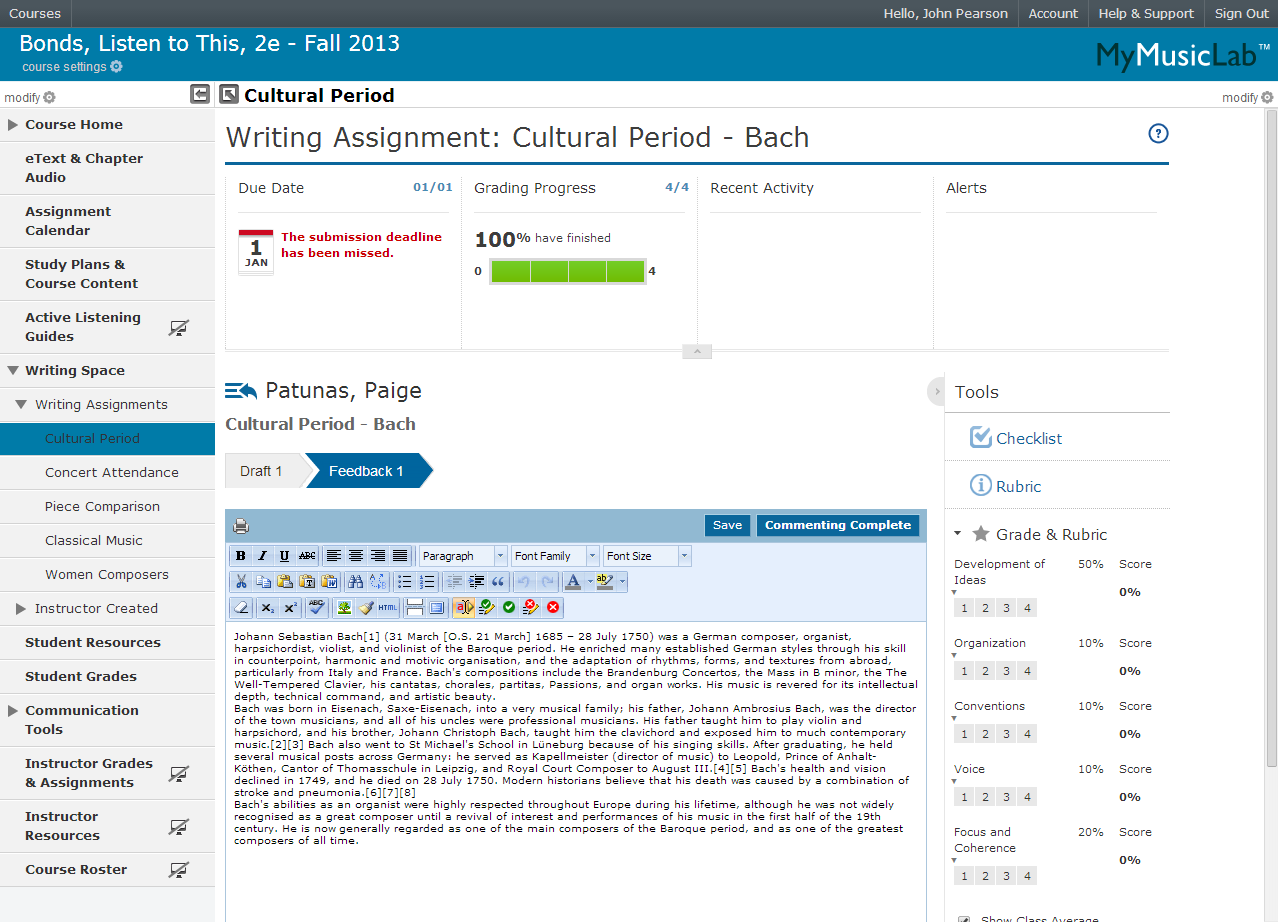A Song for St. Cecelia’s Day Symbols, Allegory and Motifs.
Because “A Song for St. Cecilia's Day, 1687” is a poem that discusses the relationship between the heavenly and the earthly, and the function of music in between these two worlds, one’s interpretation the final line may influence one’s reading of the entire poem. Next Section Test Yourself!
A Song For St. Cecilia's Day, 1687 Analysis John Dryden critical analysis of poem, review school overview. Analysis of the poem. literary terms. Definition terms. Why did he use? short summary describing. A Song For St. Cecilia's Day, 1687 Analysis John Dryden Characters archetypes. Sparknotes bookrags the meaning summary overview critique of.

It is unsurprising that “A Song for St. Cecilia's Day, 1687,” a poem about the power of music, features a plethora of musical instruments.

In poetry, John Dryden memorialized her in “A Song for St. Cecilia’s Day, 1687,” which George Frideric Handel, a great connoisseur of English verse, set to music in 1739.

St. Cecilia's Day November 22 Not much can be said with confidence about St. Cecilia's life. According to her apocryphal acts, which date from the fifth century, she was a Roman from a noble family who was put to death in the second or third century for her Christian beliefs. How she became the patron saint of music and musicians is not exactly known.

Complete summary of John Dryden's A Song for St. Cecilia's Day. eNotes plot summaries cover all the significant action of A Song for St. Cecilia's Day.

Related Questions and Answers for Quotes in A Song for St. Cecilia's Day. Please write, in a simple way, the meaning of the poem ''A Song for St.Cecilia's Day'' by John.

A Song for St. Cecilia's Day - From harmony, from heavenly harmony From harmony, from heavenly harmony - The Academy of American Poets is the largest membership-based nonprofit organization fostering an appreciation for contemporary poetry and supporting American poets.

Professionally written essays on this topic: Song for Saint Cecilia’s Day by John Dryden John Dryden's 'Absalom and Achitophel' and John Bunyan's Pilgrim's Progress. In five pages this paper discusses the human nature representation in allegories featured in each of these works in a contrast and.

A Song For St. Cecilia's Day by John Dryden. .FROM harmony from heavenly harmony This universal frame began When nature underneath a heap. Page.

Jena Trammell (Anderson University) “A Song for St. Cecilia's Day”, composed in 1687, is the first of two great odes written by poet laureate John Dryden and set to music for the annual St. Cecilia's Day celebration held every November 22 from 1683 to 1703 and sponsored by the London Musical Society.

Ode for St. Cecilia's Day ( HWV 76) is a cantata composed by George Frideric Handel in 1739. The title of the cantata refers to Saint Cecilia, the patron saint of musicians. The premiere was on 22 November 1739 at the Theatre in Lincoln's Inn Fields, London. Handel sets a poem which the English poet John Dryden wrote in 1687.

I love this poem and have committed it to memory, being as Cecilia is patron saint to us musicians. But it is not complete here; The Grand Chorus has been omitted. With some probable discrepancies in punctuation, it goes: As FROM the power of sacred lays The spheres began to move, And sung the great Creator's praise To all the blessed above.



